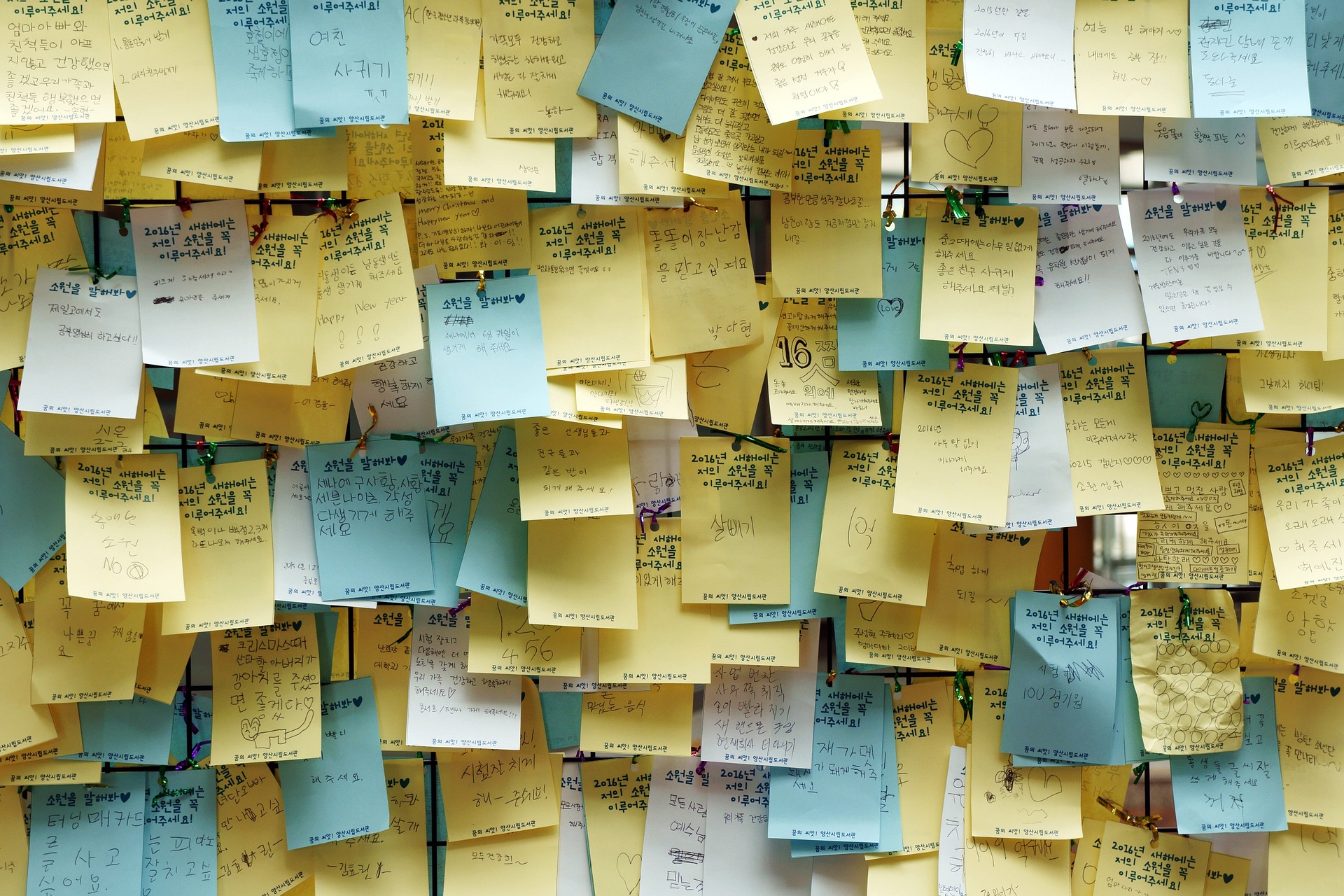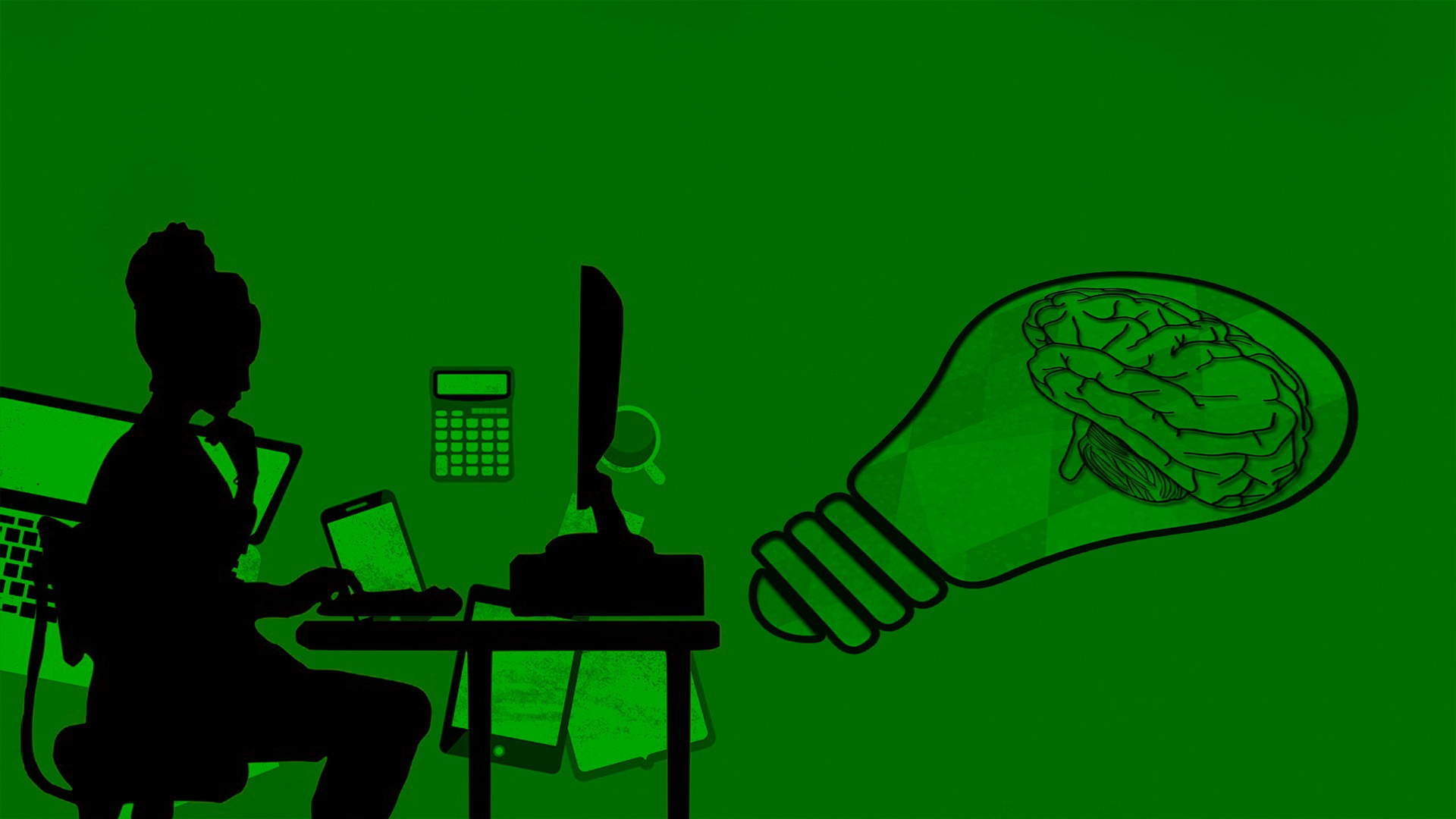
Are you a UX Researcher working in a fast-paced environment? Are you looking for the most efficient way to field, note-take, and run analysis? I was too - so I decided to do a little research.
In grad school, a lot of my analysis ran in tandem with transcription - as I painstakingly recorded the emotional minutiae of my sessions, I could parse out patterns and build a story in my mind long before I had the evidence sufficiently organized to present my findings. While these manual transcripts naturally lent themselves to a grounded theory approach, I found the time cost involved did not suit my needs in the fast-paced tech industry.
To find the answer to my question - “How can I best take notes for myself and others?” - I ran a quick research study. Drawing from traditions of autoethnography, participant observation, intercept interviews, and semi-structured in-depth interviews, I spoke with UX researchers from Key Lime Interactive about their preferred note-taking schemes and tested their strategies in the field to find the method that suited me best.
Here are some key takeaways from my findings.
#1 Before Getting Started
Always communicate with the members of your team regarding the deliverable. Do your stakeholders like a quote heavy deck? Or do they want lean and actionable insight straight and to the point? Their preference will probably inform the style you choose.
Pro-tip:
Verify auto-transcription is turned on for your video hosting service. An app update may accidentally turn them off. Watching the recording is basically fielding twice - and while necessary at times, it’s a major time suck. I have to remind myself - UX is not academia. It may be interesting, but not everything you see and hear matters. Stakeholders want actionable insight - so ask yourself, "If I had this person’s job and were responsible for next steps, what would be most meaningful and impactful for me?" Keep this in mind throughout your process, and your insight will be all the more compelling.
#2 A Tale of Two Styles
While an argument could be made for the existence of multiplicitous styles, two stood out.
The Stenographer, what I imagine to be a legacy of grad school transcription, is a process as true to transcript as you can get. In this style, researchers typically focus on capturing as much verbatim information as possible. This style is great when you don’t have access to transcripts or recordings, and even when you do, it reduces the number of clicks a researcher must make to produce that final product (e.g. your quotes are in your notes). The downside, however, is that it’s easy to miss things when you’re focused on verbatim, and doing double time as transcription may distract you from a choice opportunity to probe on some unexpected insight.
On the other hand, The Distiller - focusing on summarization and choice quote transcription - is an obvious choice when you have transcripts. In addition to keeping you on task, this style leaves more room for observation of behavior, silence, tone - things a transcript won’t show. Participants generally don’t mind if you take a few extra seconds to jot something down, and will even fill the silence with further insight. The downside to this method, however, is that the researcher may unintentionally substitute their own interpretation. If you are relying more heavily on direct quotes, you may also need to jump between windows to refer to your transcripts. Bear in mind, however, often a video snippet of someone struggling is more powerful than a quote.
Pro-tip:
Schedule your sessions with a minimum 30 minute buffer. During this break, do yourself a favor and get on top of data management - clean up your notes, bold or color code key insight, ID themes, build buckets, pull any quant numbers. You’ll thank yourself at the end of fielding.
#3 An Open Secret: The Note Sheet
The format of the note-taking document, however, can be even more important than style itself. An open secret amongst UX Researchers is using a Note Sheet in place of a traditional word document. The value here lies in the ease of comparison, organization, and increased visibility.
For this approach, copy and paste your moderator guide into an Excel or Google Sheet and add columns for each participant. This format is flexible and easy to organize - if a session takes an unexpected turn, you can add additional rows live while fielding. During analysis, you can quickly zero in on key moments across participants, automate counting, and run formulas which is especially useful for large data sets. The Note Sheet is also great when multiple people are working on the same project - in addition to its consistent format, researchers can add individualized columns for distillation and analysis. The downside, however, is that at first glance, the Note Sheet is not intuitive. There is a learning curve, and it can be a heavy cognitive load if your interview takes an unexpected turn and you need to jump around.
Pro-tip:
Get savvy with Note Sheet:
- Freeze your moderator guide and participant information to stay on track
- Hide previous participants’ notes to minimize clutter while fielding
- Use hashtags, timestamps, and keywords to be able to quickly zero in on salient moments later on
- Color code to leave yourself clues or ID themes
- Leverage formulas for discrete answers and scales
- Use final rows to note ideas, patterns, quotes and general impressions after a session
Best of all: duplicate your Note Sheet or create a new tab to use it as an analysis workbench. Think of it as a modern day whiteboard, but much more flexible. Strike through, delete, and color code at your discretion - the workbench is for you - no one else needs to see it.
My findings, funnily enough, actually contradict the UX emphasis on intuitive experience. Pen and paper can feel natural in the moment, but laborious after the fact. A single word document also felt intuitive, but required many windows, lots of scrolling, and sometimes even printing during analysis. Foregoing notes altogether and relying upon transcription is fallible, and sometimes requires video playback to make sense of technical terms not understood by the algorithm. While initially the Note Sheet felt foreign and confusing, a heavy cognitive load, as I grew accustomed to the format, and familiarized myself with the many little hacks available, I quickly changed my tune.
Ultimately, different strategies and formats gel best for different individuals. However, after testing the array of strategies shared with me by my fellow researchers, I found using the Note Sheet in combination with The Distiller style dramatically reduced my analysis time, which ultimately decreases this user’s frustration and improves the holistic experience overall.
At Key Lime Interactive, we not only believe in embracing our individual strengths and preferences, we encourage it, because we know that the sum of the parts is always greater than the whole. We also know that the more diverse our talent pool, the better we are suited to delight each client. Connect with us to see how we can partner with you on your next UX/CX project.










Comments
Add Comment